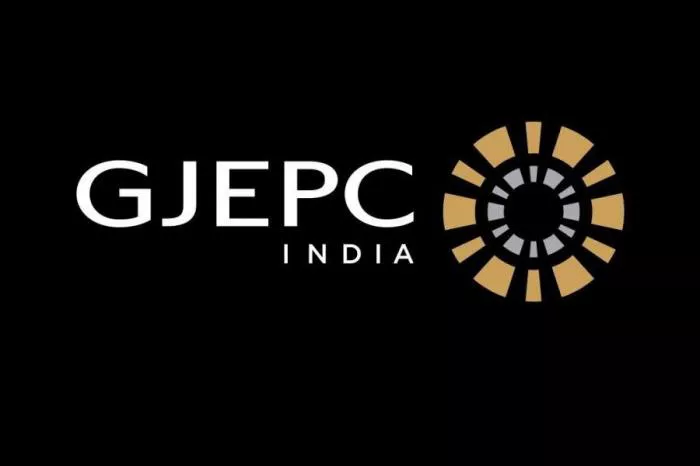The Gem and Jewellery Export Promotion Council (GJEPC) has announced its efforts to collaborate with the Indian government to ensure favorable policies for the country’s gem and jewellery sector. The Directorate General of Foreign Trade (DGFT) recently revised the wastage norms and standard input-output norms (SIONs) for the jewellery industry, which are set to take effect on January 1, 2025.
These revisions are part of ongoing efforts to improve the efficiency and sustainability of the sector while aligning with global standards. However, the updates have raised concerns within the industry, prompting GJEPC to work closely with government officials to address the challenges posed by these changes.
Revised Wastage Norms: A Crucial Adjustment for the Industry
Wastage norms refer to the permissible loss of gold or silver during the manufacturing process of jewellery, specifically for export. The revised norms, which were announced by the DGFT, drastically reduce the amount of precious metals that can be lost during production. While the intention behind these changes is to enhance efficiency and minimize wastage, the reductions have sparked concerns among industry stakeholders about the feasibility of adhering to such stringent limits.
In response to the drastic reductions, the GJEPC organized a meeting with DGFT officials, emphasizing the need for more realistic and balanced norms. The Council requested an opportunity to present data on the manufacturing workflows of jewellery producers to support its case for maintaining reasonable wastage limits. As a result of this intervention, the implementation of the revised wastage norms was postponed, allowing for further discussions and research.
Stakeholder Feedback and Nationwide Survey
To gather insights and data on the impact of the proposed changes, GJEPC conducted a nationwide survey involving 160 exporters and manufacturers. This survey was crucial in providing concrete evidence about the manufacturing processes and the challenges faced by jewellery producers in adhering to the new wastage norms. The data collected was in line with the existing process loss norms, as outlined in the Handbook of Procedures 2023.
Based on the survey results, the GJEPC presented its findings to the DGFT, advocating for a more practical approach to the revised wastage norms. The government responded positively to these concerns, approving adjustments to the original proposals. These modifications aim to strike a balance between reducing wastage and acknowledging the complexities involved in jewellery manufacturing.
Revisions to SIONs: A Step Toward Efficient Metal Utilization
In addition to the wastage norms, the DGFT has also revised the standard input-output norms (SIONs) for the jewellery industry. SIONs specify the amount of raw materials allowed for the production of a specific quantity of finished jewellery. The updated SIONs are designed to optimize raw material utilization while accounting for the realities of jewellery manufacturing, particularly the practices of traditional artisans.
The GJEPC has welcomed these revisions, noting that the new norms are more aligned with the realities of the jewellery-making process. By refining the SIONs, the government aims to ensure that the industry can continue to operate efficiently while maintaining high-quality standards. This change is expected to benefit traditional jewellery makers, who often face unique challenges in sourcing and utilizing raw materials.
Encouraging Industry Stakeholders to Prepare for Changes
With the revised wastage norms and SIONs set to take effect in 2025, the GJEPC is encouraging its members to familiarize themselves with the new policies and prepare for the upcoming changes. The Council has urged exporters and manufacturers to review the detailed amendments and assess how these adjustments may impact their operations.
The GJEPC’s proactive approach in engaging with the government and providing data-driven feedback has been instrumental in securing more favorable policies for the industry. By continuing to work closely with the DGFT, the GJEPC aims to ensure that the gem and jewellery sector remains competitive on the global stage, while also addressing the concerns of stakeholders.
The Role of GJEPC in Shaping Policy for the Gem and Jewellery Sector
The GJEPC has long been at the forefront of advocating for the interests of the gem and jewellery industry in India. As a representative body for exporters and manufacturers, the Council works closely with government agencies to ensure that policies are in place to support the growth and sustainability of the sector.
Through its collaboration with the DGFT, the GJEPC has demonstrated its commitment to creating an environment where the jewellery industry can thrive. The recent revisions to the wastage norms and SIONs are a testament to the Council’s efforts to address the challenges faced by the industry, while also ensuring that India remains a global leader in the production and export of fine jewellery.
Looking Ahead: The Future of India’s Gem and Jewellery Sector
As the industry prepares for the implementation of the revised norms in 2025, there is a sense of cautious optimism. The adjustments to the wastage norms and SIONs are seen as positive steps toward improving efficiency and sustainability within the sector. However, it will be important for stakeholders to closely monitor the impact of these changes and continue to provide feedback to the government.
With a strong collaborative approach between the GJEPC and government agencies, the future of India’s gem and jewellery sector looks promising. By balancing the need for regulatory adjustments with the realities of manufacturing processes, India can continue to strengthen its position as a leader in the global jewellery market.
Conclusion
The collaboration between the GJEPC and the government to revise the wastage norms and standard input-output norms for the gem and jewellery sector represents a significant step toward improving the efficiency and sustainability of the industry. While the revised norms may present challenges, the proactive engagement of stakeholders and data-driven discussions have led to more practical adjustments. As the industry prepares for the implementation of these changes in 2025, it is clear that the gem and jewellery sector in India is poised for continued growth and innovation.
Related topics:

